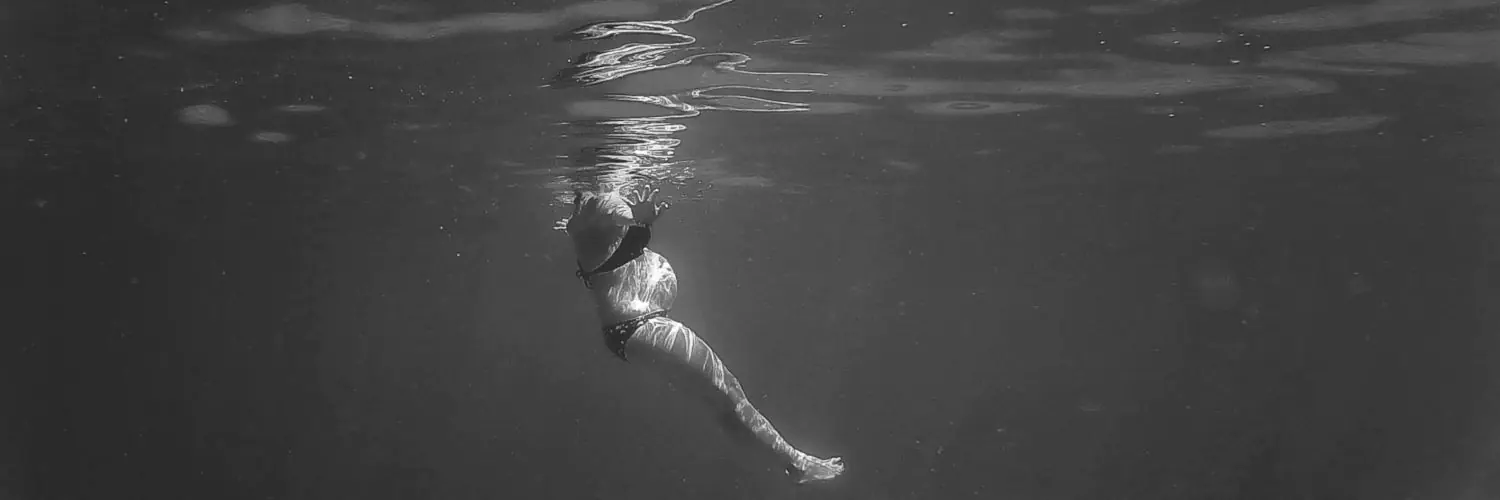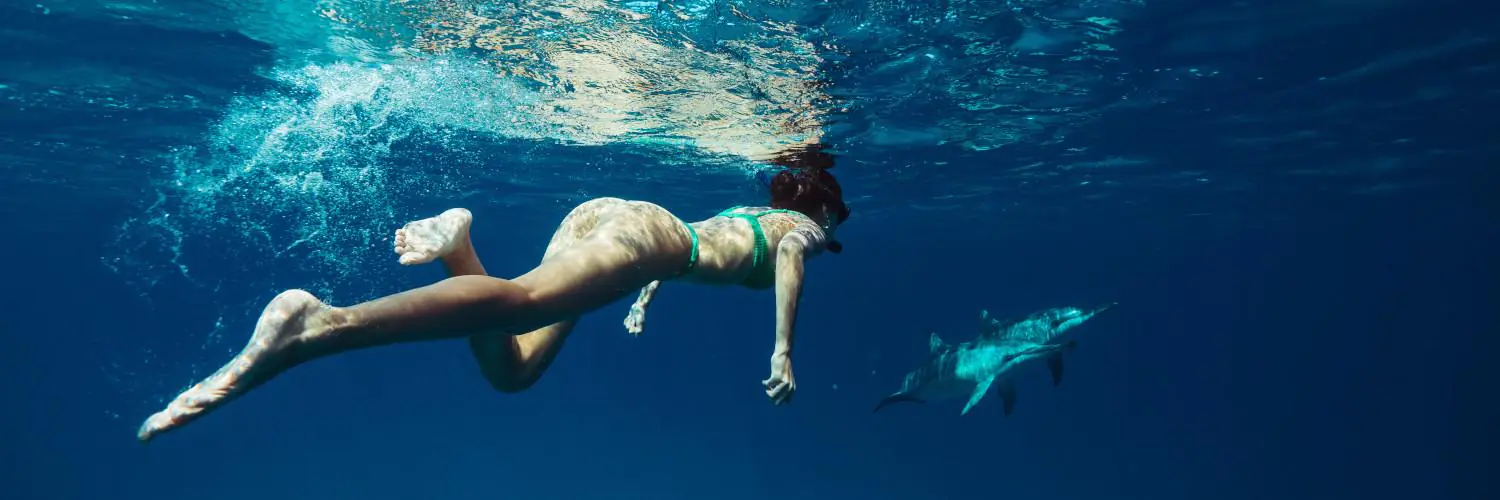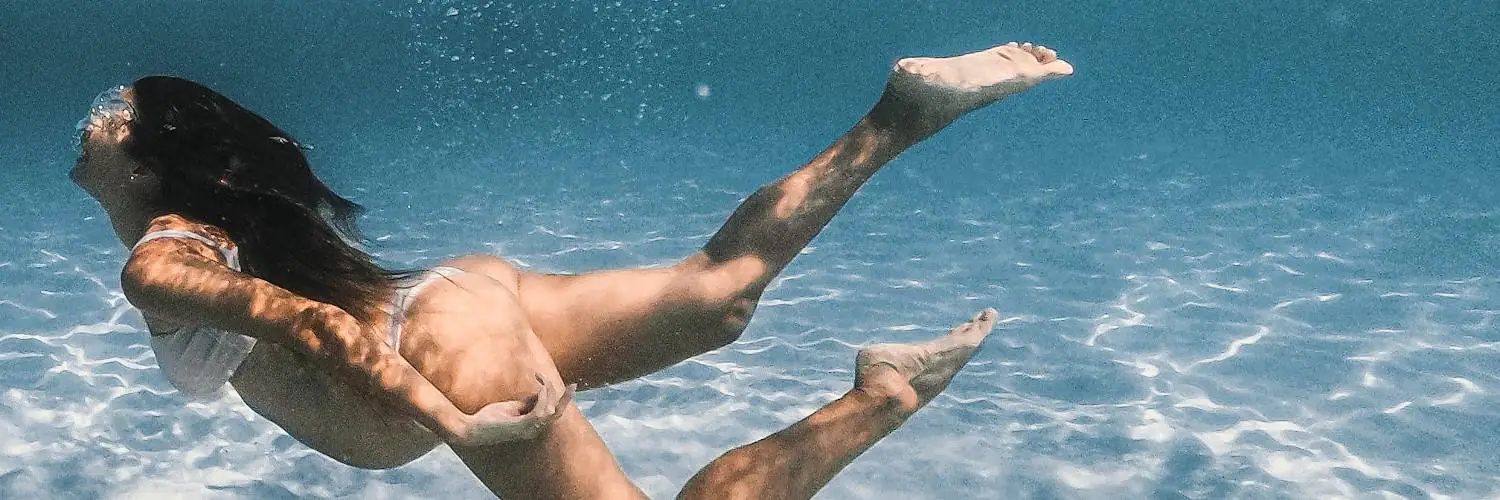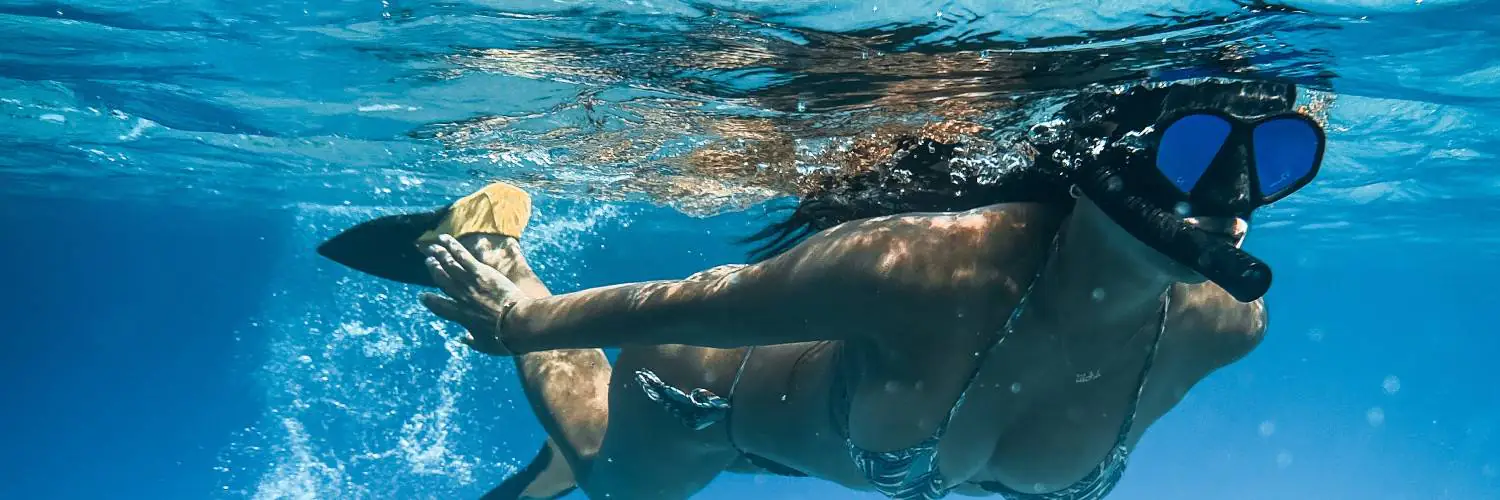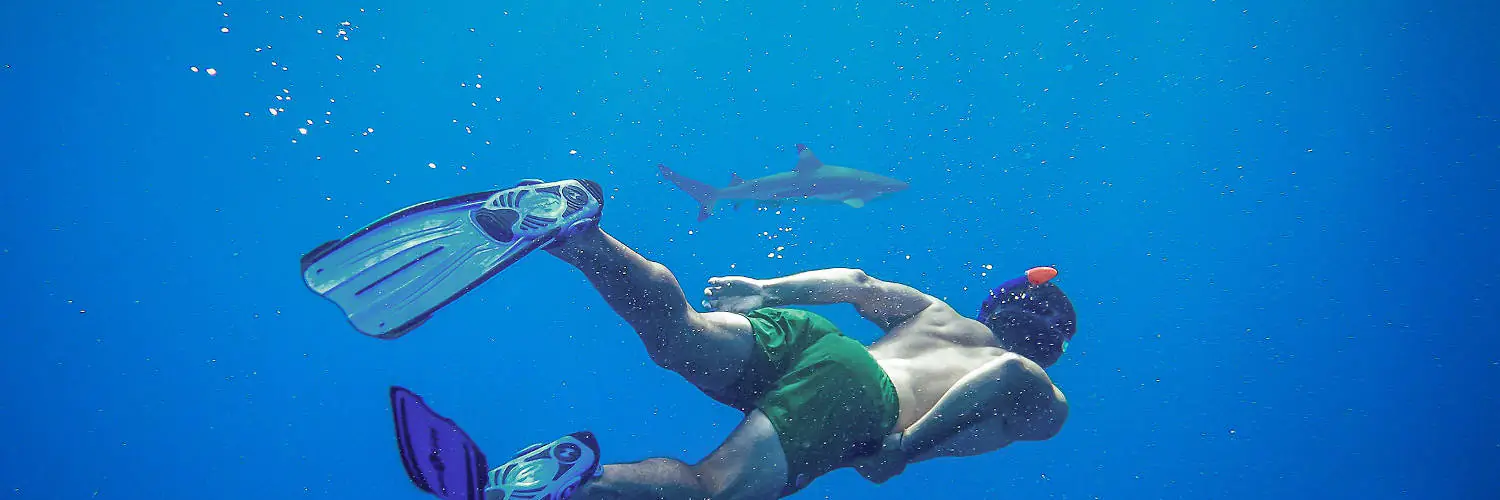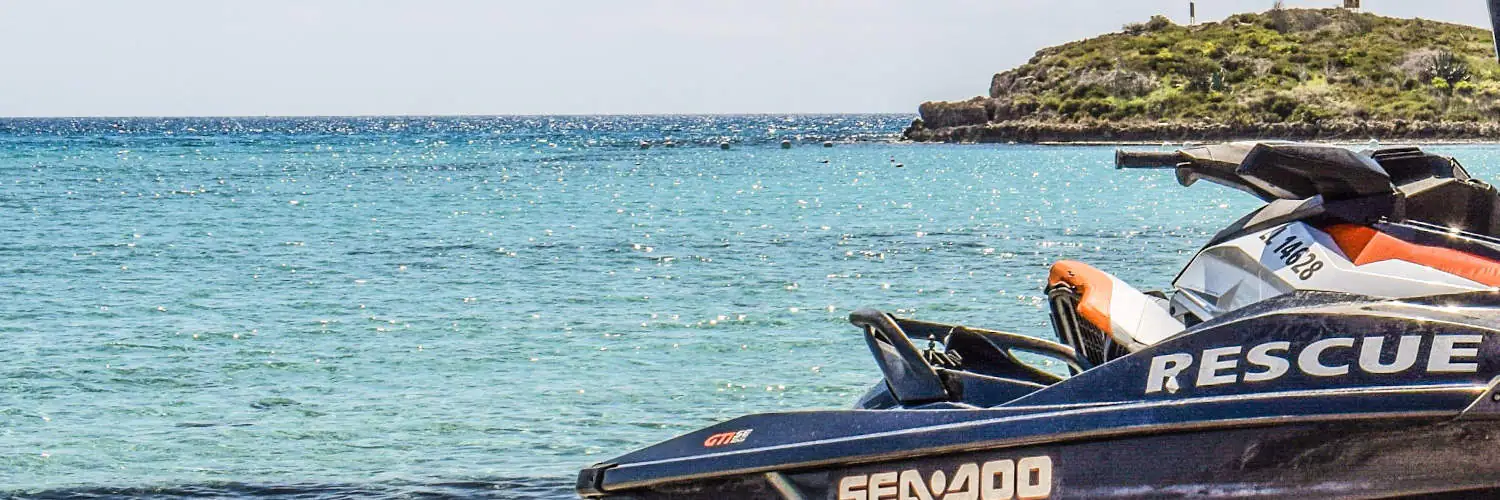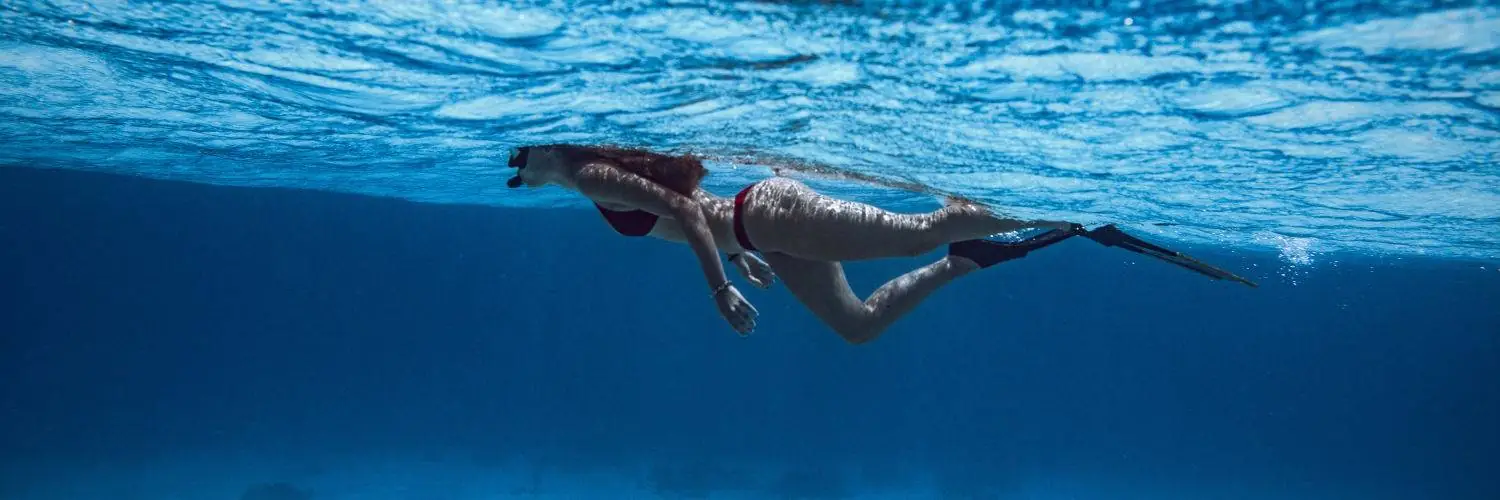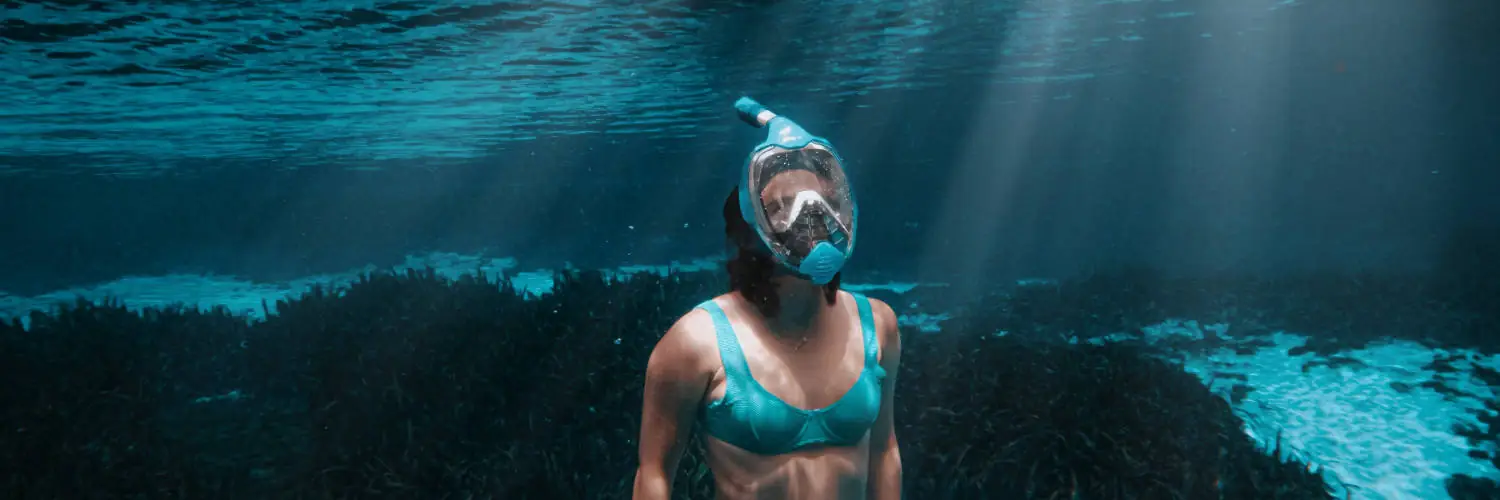Swimming with a tube to breathe, called snorkeling, is a fun way for people to see underwater. It’s famous! You lie on water and look down at fish and plants. You must be careful, as there are dangers, like hyperventilating. This condition can have serious consequences, including the potential for blackout underwater.
While snorkeling is fun, it also demands a degree of respiratory control. The process of breathing through a snorkel differs from breathing on land, and it requires snorkelers to maintain calm, rhythmic breaths to ensure a steady flow of air. Hyperventilation typically occurs when a snorkeler breathes too quickly or too shallowly, which can be triggered by excitement, anxiety, or excessive physical exertion. Recognizing the signs of hyperventilation and knowing how to manage the condition are essential skills for anyone looking to engage in snorkeling safely.
To prevent hyperventilation, snorkelers are advised to breathe slowly and deeply through both the nose and mouth. Taking regular breaks to rest and remaining aware of one’s breathing pattern are also critical in maintaining control. Practicing these techniques in a pool before venturing into open water can help snorkelers build the necessary skills and confidence. By knowing how to breathe right, people who snorkel can see the pretty sea without hyperventilating and its risks.
Table of Contents
Understanding Hyperventilation
This section provides a detailed look into the causes, risks, and symptoms of hyperventilation, particularly concerning snorkeling.
Causes of Hyperventilation
Hyperventilation is characterized by rapid breathing which can result from both physical factors, like strenuous exercise, and emotional states, such as stress or panic. When snorkeling, individuals may hyperventilate due to deep breathing in anticipation of a dive, or because of anxiety about being in the water.
- Physical exertion: Increases in breathing rate to meet oxygen demand.
- Emotional stress: Can lead to an involuntary increase in breaths per minute.
- Pre-dive deep breathing: Incorrectly believed to increase oxygen uptake, actually depletes CO2.
Risks of Hyperventilation While Snorkeling
The risks associated with hyperventilation while snorkeling are significant. Reducing CO2 levels in the blood through forced rapid breathing can lead to:
- Dizziness: Altered respiratory levels can cause light-headedness.
- Loss of consciousness: A dangerous drop in CO2 levels may result in fainting underwater.
- Hypoxic blackout: Not enough air getting to the brain, maybe from holding breath too long, can make you pass out underwater.
The dangers show we really need to use special breathing ways when we snorkel to stay safe.
Recognizing Hyperventilation Symptoms
Identifying the onset of hyperventilation can prevent dangerous situations while snorkeling. Symptoms include:
- Shortness of breath: Feeling an urgent need for air.
- Rapid breathing: Breathing faster.
- Chest tightness: A feeling of pressure or tightness in the chest.
- Tingling: In fingers or around the mouth, due to changes in calcium and phosphate in the blood.
- Confusion: May occur from altered blood chemistry.
Recognizing these signs early allows for immediate corrective action to normalize breathing rates.
Breathing Techniques for Snorkelers
Proper breathing techniques are essential for snorkelers to ensure efficient use of their lungs and to minimize the risk of hyperventilation. Mastery over breathing not only provides comfort but also maximizes underwater time.
Proper Breathing Through a Snorkel
When snorkeling, it’s crucial for individuals to breathe slowly and deeply through the snorkel tube to maintain consistent oxygen levels and prevent a buildup of carbon dioxide within the body. Inhaling should be done calmly and steadily, followed by a longer, controlled exhale. This way makes sure air moves well and stops snorkel tube from getting blocked with old air that has a lot of carbon dioxide.
- Inhale: steady, uninterrupted breaths through the mouth
- Exhale: longer, controlled breaths to effectively clear the snorkel
Avoiding Overexertion
Snorkelers should always be attentive to their physical limits to avoid overexertion, which can lead to rapid, shallow breathing and an increased risk of hyperventilation. Maintaining a relaxed state while moving leisurely through the water helps conserve energy and keeps breathing rates down. Regular breaks are encouraged to rest and normalize breathing if snorkelers feel any discomfort or exertion.
Tips:
- Keep a comfortable pace.
- Rest a lot.
Breathing Exercises to Increase Lung Capacity
Doing simple breathing exercises can help snorkelers a lot. It can make their lungs stronger and help them hold their breath longer. This training can include things like belly breathing and holding your breath to make your lungs better at taking in more air.
-
Diaphragmatic Breathing:
- Practice this technique by focusing on allowing the diaphragm to do the work during inhalation, with minimal chest movement.
- This promotes a more efficient and full breath.
-
Breath-Hold Training:
- Begin by taking a deep breath and holding it for a few seconds before releasing.
- Gradually increase the duration of the breath-hold over time to build up tolerance and capacity.
By doing these drills often, people who snorkel can make their time underwater better. They can manage their breath better and keep less carbon dioxide in their body.
Safety Considerations and Best Practices
To snorkel right, pick good gear, know about water, and learn what to do in trouble.
Choosing the Right Equipment
The snorkeler should choose equipment that fits comfortably and functions well. A well-fitting mask is crucial to prevent water leakage and ensure clear visibility. Fins should be of appropriate size, neither too tight nor too loose, to aid in efficient swimming without causing cramps or discomfort. A snorkel with a suitable length and a comfortable mouthpiece is essential to maintain easy breathing. The use of a wetsuit can offer protection against cold and improve buoyancy. For beginners or those snorkeling in challenging conditions, a buoyancy control device such as a snorkel vest or life jacket is recommended.
- Mask Fit: Check for a snug seal around the face.
- Snorkel: Ensure it is dry-topped or has a purge valve for water clearance.
- Fins: Opt for an adjustable, open-heeled design.
- Wetsuit: Choose according to the water temperature.
Understanding Water Conditions
Snorkelers must be informed about the current and other water conditions where they plan to snorkel. They should be aware that strong currents can lead to fatigue and increased risk of drowning. Swimming by a reef needs care to prevent hurt from sharp rocks and to keep the small sea world safe. It’s essential to be vigilant of symptoms like vertigo, which can disorient a snorkeler, especially in wavy conditions.
- Current Check: Always assess the current’s strength before entering the water.
- Coral Reefs: Keep far away to avoid hurting both the swimmer and the reef. Do not go close to keep safe.
Dealing with Emergencies
In an emergency, remaining calm and confident is pivotal. Ensuring that the snorkeler knows proper breathing techniques to avoid hyperventilation and the risk of shallow water blackout is critical. If a snorkeler experiences trouble, they should float, signal for help, and wait for assistance. Being trained in basic rescue techniques and knowing how to perform safe and effective in-water rescues can save lives. Snorkelers should always have a plan for how to get assistance in the event of an emergency.
- Breathing Techniques: Practice deep, calm breaths and avoid rapid, shallow breathing.
- Assistance Plan: Know the local emergency services or have an on-shore spotter.
Snorkeling Technique and Skill Development
Developing proper snorkeling technique is essential for safe and enjoyable underwater exploration. It encompasses mastering basic skills to ensure relaxed breathing and preventing hyperventilation, and extends to advanced methods that allow snorkelers to explore with more confidence and control.
Basic Snorkeling Skills
To start, every snorkeler must ensure they have the correct fitting equipment, notably the mask and snorkel. A well-fitted mask prevents water ingress, while a snorkel should allow easy breathing:
- Mask Fitting: Test the mask without the strap; it should create a vacuum seal.
- Snorkel: The snorkel mouthpiece must be comfortable, and the tube should not be too long or short.
Under water, swimmers need to focus on relaxed breathing through the snorkel. Rapid, shallow breaths can lead to hyperventilation; therefore, slow, deep breaths are advocated:
- Breathing Drills: Practice in shallow water before progressing to deeper areas.
- Relaxed Pulse: Monitor your pulse to ensure it remains steady as an indicator of relaxed breathing.
Advanced Snorkeling Techniques
After mastering the basics, snorkelers may seek advanced training, potentially leading towards freediving or scuba diving certification. The advanced techniques revolve around buoyancy control, efficient movement, and deeper diving:
- Buoyancy Control: Learning to control lung volume to maintain buoyancy.
- Efficient Movement: Using fins effectively to propel without exhaustion.
Deep-water snorkeling, also known as skin diving, involves diving beneath the surface to explore. This requires discipline to avoid risks such as hyperventilation:
- Training: Seek guided lessons to learn breath-hold diving.
- Certification: Consider freediving courses for comprehensive skill development.
Through consistent practice and training, snorkelers can enjoy exploring under water worlds safely and efficiently.
Environmental Awareness and Conservation
Snorkeling lets people see amazing underwater life. There are many different animals and plants in the water. We must be careful to keep them safe. Otherwise, their homes may not be as pretty or healthy.
Responsible Interaction with Marine Life
Do:
- Observe marine creatures like turtles and fish from a safe distance to avoid disturbing their natural behaviors.
- Move slowly and calmly in the water to prevent startling the wildlife.
Don’t:
- Touch, chase, or feed the marine animals, as this can lead to harmful changes in their behavior and health.
Preserving Coral Reefs
Coral Reefs:
- This is vital for the ocean world. This is where a lot of living things get their food and home.
- Are sensitive structures that can be easily damaged by physical contact or chemical changes in the water.
Conservation Practices:
- Avoid standing on, touching, or collecting pieces of coral, as even the slightest contact can cause long-term damage.
- Use eco-friendly sunscreen as chemicals found in many sunscreens can harm coral reefs.
- Join groups that help protect and fix corals.
By following these rules, people who snorkel can help keep safe the amazing world under the water and its animals, making sure that the next groups can also see its amazing things.

